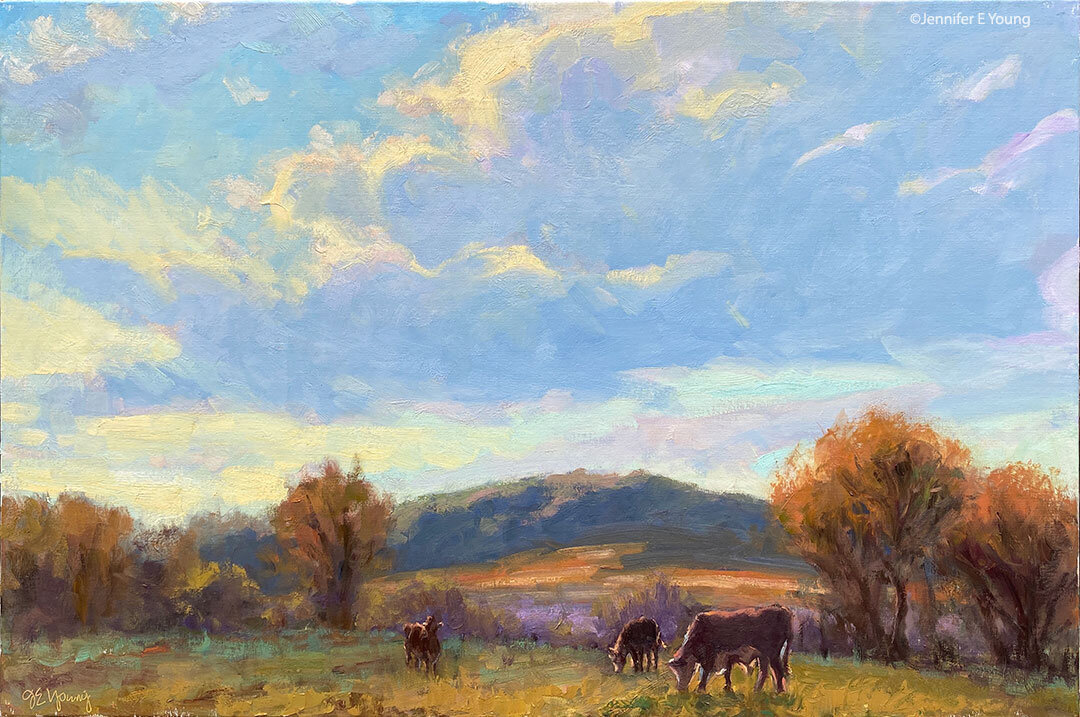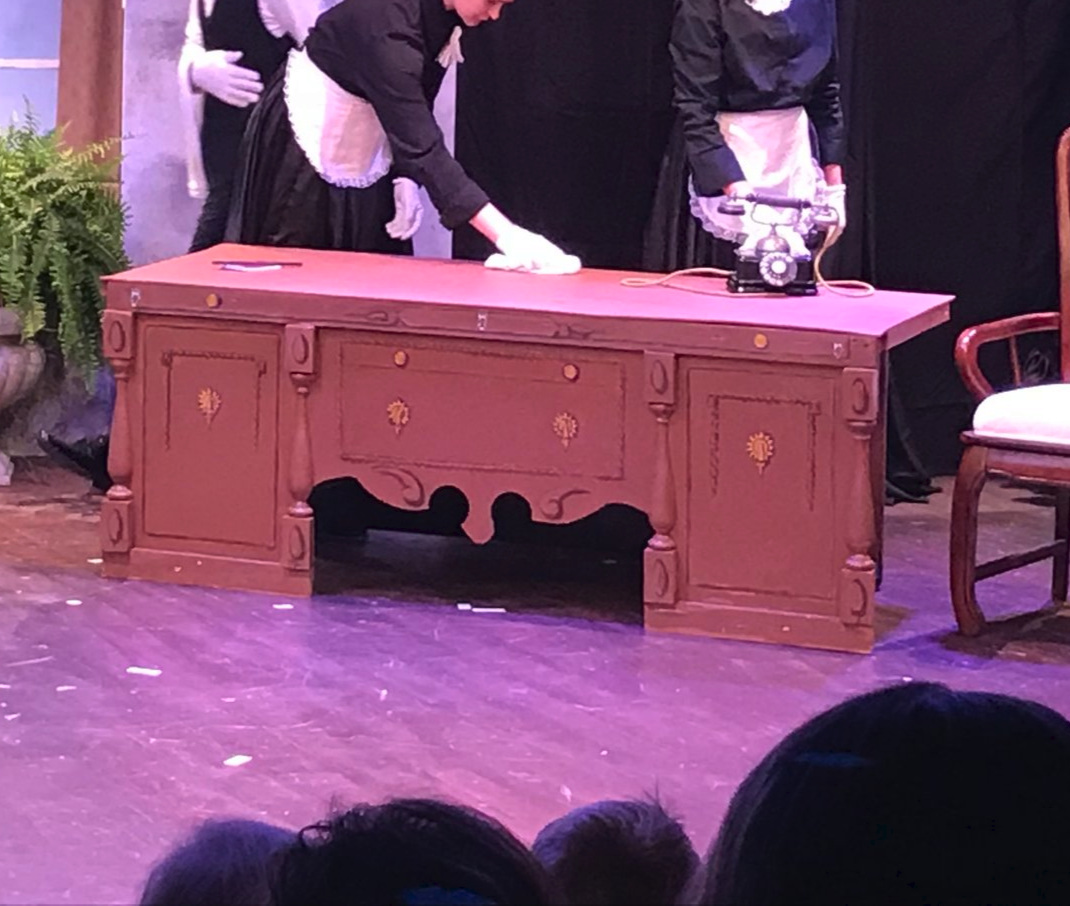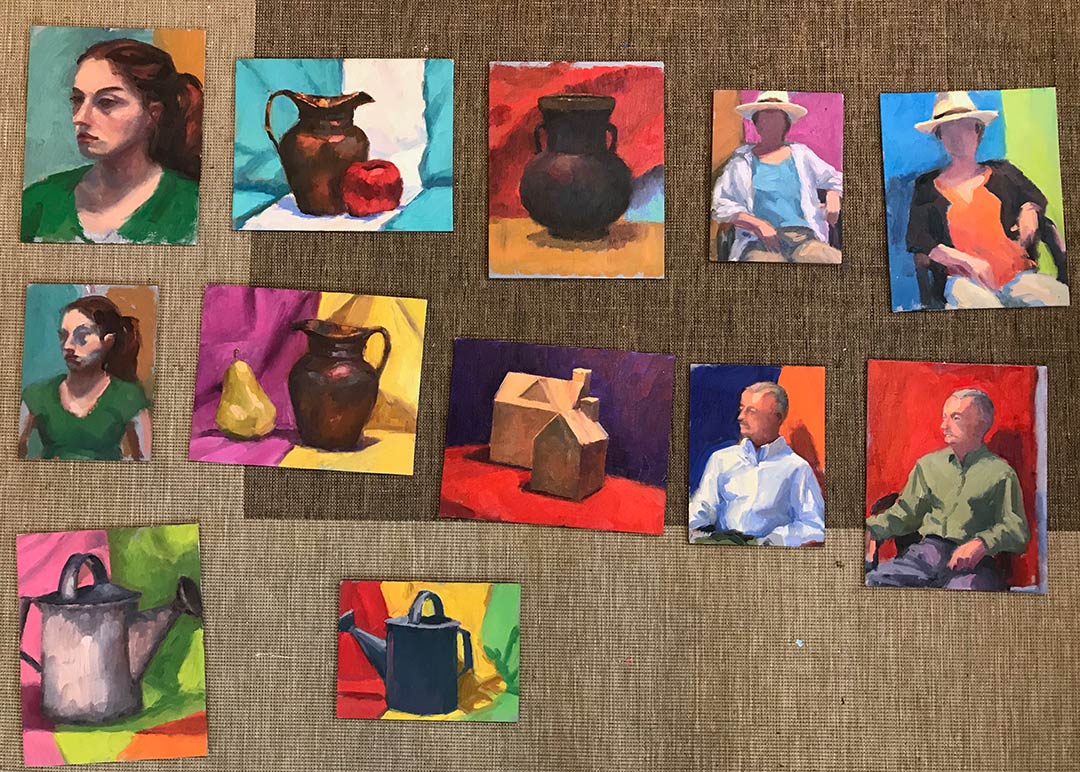I thought I'd write a little here about some of the oil painting substrates I use on a regular basis.Canvas: The canvas I use most often for anything over 16x20 inches in size is one that has staples only on the back side of the stretcher bars. Small metal tacks are nailed into the sides of the stretcher to hold the canvas secure. This is a very sturdy, fine canvas with an old world look to it, primed with acrylic gesso. The surface is smooth enough so that it is not absorbent, but not so smooth that there is no canvas "tooth".

The stretched canvases I have been using for my landscapes are standard-depth canvas (around 3/4" deep), so generally the finished paintings are finished off with a frame for display. The great benefit to these canvases is that their depth allows them to easily fit into any variety of frame styles and mouldings, from the very traditional to the very contemporary.

I have lately been considering trying some gallery wrapped canvases for my landscapes. I used to use them in my older work, like the painting shown here. The gallery wrapped canvases are deeper than the standard canvas and have no staples around the perimeter, allowing the canvas edges to be painted as well. They offer a clean contemporary look, and have the benefit of being lightweight and versatile. While these canvases can be framed, one needs to find frames that have very deep rabbet depths so that the canvas edge (which is around 1 1/2" deep) does not extend beyond the frame when you look at it in profile. In general these canvases are meant to have painted edges and are displayed unframed.Panels: Often times for smaller works I will use birchboard panels or gessoed canvas that is mounted on a hardboard or wood panel. (I never use the canvases that are mounted on cardboard. They are too cheap and flimsy and don't hold up for professional use. In any event they are not archival and I use archival materials for my work.)The panels are great for painting out of doors (painting "en plein air") because they are flat and can be packed and carried more easily than stretched canvas. Sometimes I will prime these panels with a neutral base coat of gray or raw sienna. I use these when I travel and for smaller works no larger than 16x20":
 
 After a while they do get heavy, however, so I am always in search of the most lightweight option available! The lightest I've found is the birchboard panels, but these are not commercially available. The birchboard (shown here, bottom gray panel) can be purchased at the hardware store in larger sheets that I have cut down to size. They have a smooth side (for painting) and a rough side. However, I prime them on both sides to seal them and prevent warping.

















